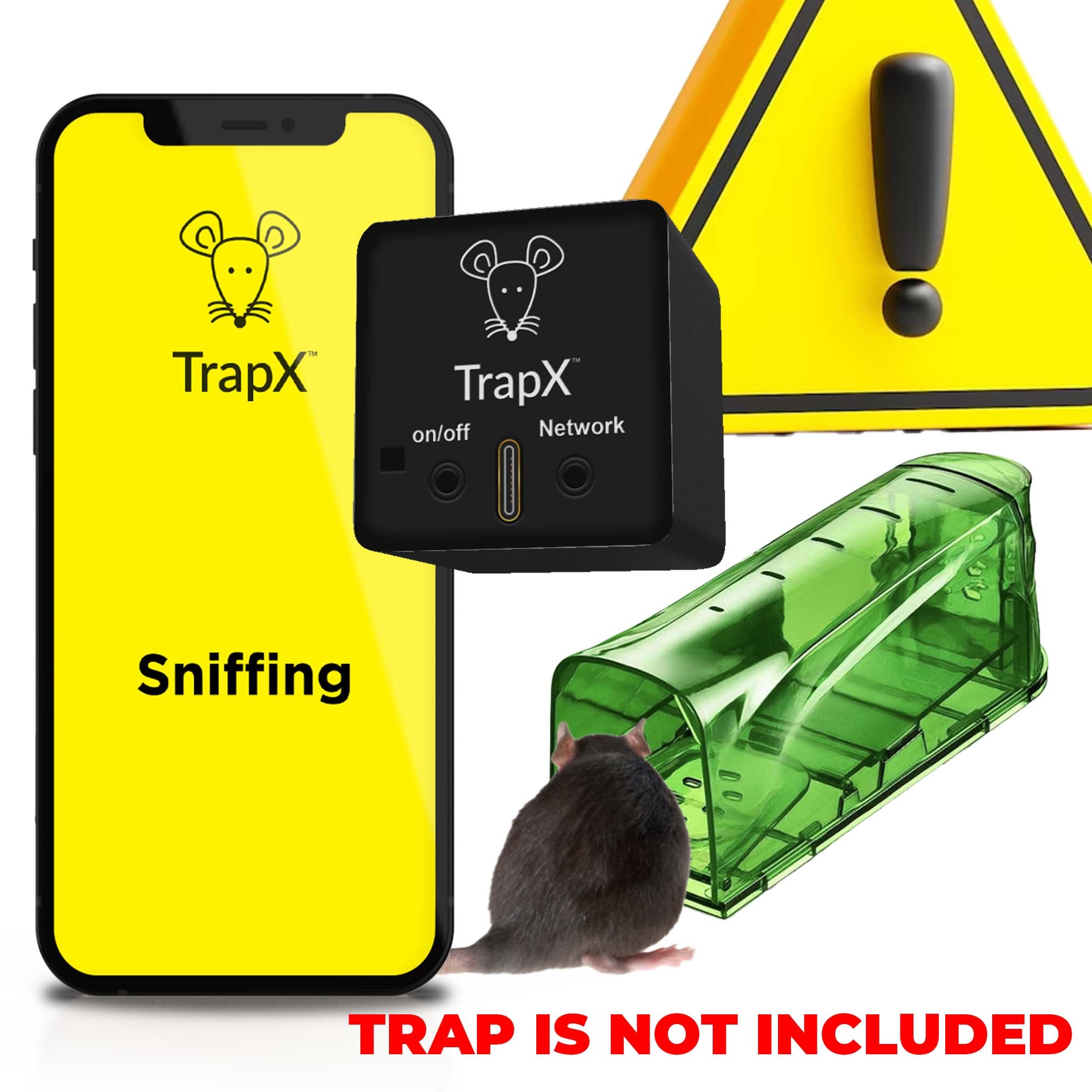The Ultimate Guide to Mice Poison: How to Get Rid of Mice Safely and Effectively
Share
Mice can become a significant problem for homeowners. If you have ever seen a little mouse darting across your kitchen floor, you know how unsettling it can be. Solutions are available, and one effective option is mice poison. This article provides a thorough look at the ultimate guide to mice poison: how to get rid of mice safely and effectively.
In this guide, we will discuss various methods to deal with a mouse infestation, focusing on safety, effectiveness, and how to use mice poison. Understanding these factors guarantees you choose the right approach to tackle your mouse problem. So let's get started!

Understanding the Problem of Mice
Why Mice Infest Homes
Mice are attracted to homes mainly due to food sources and shelter. They are small creatures that can fit into tiny spaces.
Signs of a Mouse Infestation
- Droppings in food areas.
- Gnaw marks on furniture or food packaging.
- Nesting materials like shredded paper.

Types of Mice Poison
Anticoagulants
These poisons act by preventing blood clotting, leading to internal bleeding. They usually take a few days to be effective.
Neurotoxins
Neurotoxins affect the mouse's nervous system. These poisons kill the pest quickly.
Combination Poisons
Some mouse poisons combine both anticoagulants and neurotoxins for faster action.

How to Use Mice Poison Safely
Follow Manufacturer Instructions
Always read the label to ensure proper use. Mice poison can be harmful if not used as directed.
Use Bait Stations
Placing poison in bait stations keeps it away from children and pets, providing a safer environment.
Monitor Usage
After placing the poison, check regularly to see if it's needed or not. This keeps the area safe and effective.

Alternatives to Mice Poison
Snap Traps
Snap traps are mechanical devices that kill mice quickly. They are a humane option and can be used in areas where poison is dangerous. Electric Trap Guide.
Live Traps
These traps catch mice alive, allowing you to release them far from your home. Always check the traps frequently. Rodent Control Guide
Natural Deterrents
Using peppermint oil or other natural substances may repel mice from your home. Eco-Friendly Traps.
Preventing Future Infestations
Seal Entry Points
Inspect your home for holes or gaps where mice may enter. Seal these with suitable materials. Smart Pest Control.
Store Food Properly
Using airtight containers for food helps prevent attracting mice. Rodent Sensors.
Frequently Asked Questions
Is mice poison safe for pets?
While some mice poisons are designed to be safer, they can still pose risks to pets. Always keep poisons out of their reach.
How long does it take for mice poison to work?
Depending on the type, it can take anywhere from 24 hours to a week for mice poison to show results.
Can I use mice poison indoors?
Yes, but only in bait stations and places where children and pets cannot access.
Are there humane ways to get rid of mice?
Yes, using live traps or preventive measures can humanely control a mouse problem.
What are the signs of a dead mouse?
Foul odors, decay, or presence of flies can indicate a dead mouse nearby.
What should I do if I find a dead mouse?
Wear gloves and dispose of it in a sealed bag. Clean the area with disinfectant.
Conclusion
Managing a mouse problem effectively and safely is vital to maintaining a pleasurable home environment. Understanding mice poison and alternative methods can help you choose the best solution. Start by assessing your situation and consider the safest options to ensure your family's safety while getting rid of unwanted guests.
For further information on pest control, check out EPA Pest Control Guidelines.
As an Amazon Associate, I earn from qualifying purchases.
